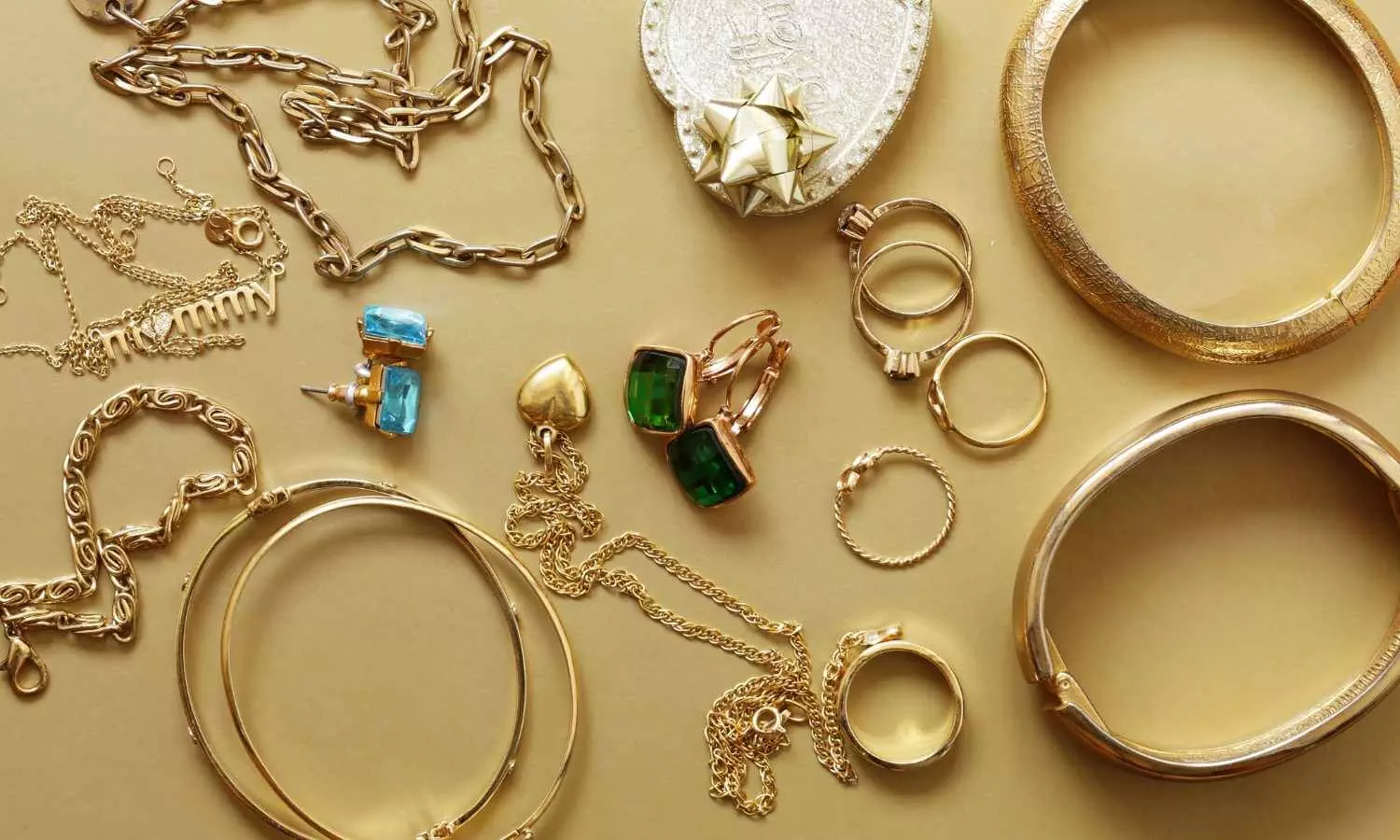Bullish on grow
India’s gems and jewellery market is set to reach $128 billion by 2029, driven by rising incomes, online sales, and branded jewellery demand. Gold dominates, while lab-grown diamonds and digital retail platforms shape future growth.
Bullish on grow

India’s gems and jewellery market is poised for robust growth, projected to reach $128 billion by 2029, growing at a CAGR of 9.5%, according to 1Lattice’s latest report, Glimmers of Growth. This surge is driven by rising disposable incomes among the middle class, growing demand for certified and branded jewellery, and increased adoption of digital retail platforms. Gold continues to dominate the market, accounting for 86% of the overall share.
The India jewelry market size is forecast to increase by USD 25.6 billion at a CAGR of 5.9% between 2024 and 2029.
The Indian jewelry market is characterized by its rich cultural significance and growing consumer base. Jewelry holds a special place in Indian society, often serving as a symbol of status, tradition, percious metal and personal expression. This cultural attachment, coupled with the increasing disposable income and urbanization, fuels the demand for jewelry in India. Another key trend shaping the market is the rise of online sales. With the growing internet penetration and the convenience of shopping from home, more consumers are opting for online jewelry purchases. This shift towards e-commerce platforms offers significant opportunities for businesses to expand their reach and cater to a wider audience.
However, the market faces challenges as well. The high price of gold, a primary material for jewelry in India, poses a significant obstacle for many consumers. Affordability remains a critical concern, and businesses must find innovative ways to offer competitive pricing or value-added services to attract price-sensitive consumers. In summary, the Indian jewelry market presents a unique blend of opportunities and challenges, with cultural significance driving demand, online sales on the rise, and high gold prices posing affordability concerns. Companies seeking to capitalize on these opportunities must stay attuned to consumer preferences and adapt to the evolving market landscape.
The Indian jewelry market, a significant contributor to the country's economy, is marked by diverse offerings and dynamic trends. Quality assurance plays a crucial role in maintaining customer trust, with sustainability initiatives gaining prominence. Gift jewelry and diamond , a key segment, experiences high demand during festivals and special occasions. Public relations and advertising campaigns help brands differentiate themselves through competitive advantages and brand positioning. Wholesale jewelry businesses employ pricing strategies to cater to various customer segments, while occasion jewelry and ethnic jewelry cater to specific markets. Risk management is essential for businesses dealing with precious metals and stones.
Sales promotion and distribution networks ensure products reach customers efficiently. Custom jewelry and handmade jewelry continue to attract niche jewelry markets, with social media marketing and influencer collaborations driving sales. Data analytics and inventory management tools help businesses optimize operations. Vintage and antique jewelry styles, influenced by tradition and cultural heritage, remain popular. Online marketing channels expand reach and accessibility, making jewelry more accessible to a broader audience.
LGD market is projected to reach $1.2 billion by 2033, growing at a CAGR of nearly 15%.
Despite its promising outlook, the industry faces several challenges, including volatile gold prices, high labour costs, fragmented inventory systems, and the slow adoption of advanced retail technologies. Nonetheless, India’s position as a global leader in both natural and lab-grown diamond processing, supported by favourable policy frameworks and rising international demand, sets the stage for sustained growth, 1Lattice said.

